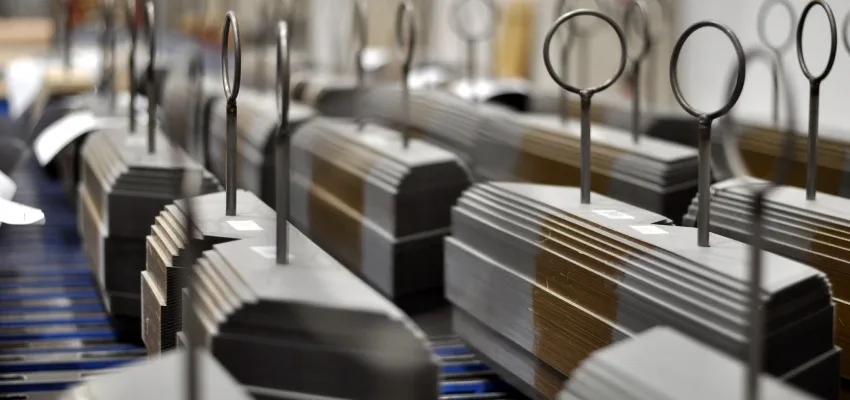
Demand-driven core production: from manual to fully automated
The evolution of core assembly from manual stacking to fully automated production received much coverage in recent times. Besides these two essential techniques, there is...

The evolution of core assembly from manual stacking to fully automated production received much coverage in recent times. Besides these two essential techniques, there is a middle course as well. Here, the cutting lines produce ready stacked limbs and yokes (jointly called “logs”). The assembly of the actual core is performed by taking the legs as they are and by inserting yoke laminations. This method, which already reduces the dependency on manual work considerably, is especially suitable for production in larger lots or when windings shall be wound directly on the legs. It is a perfect environment for high output cutting of the core laminations. In addition, there is the necessity for smooth and ergonomic execution of the remaining manual work, which makes great demands on the equipment.
Core manufacturing process with a GEORG precisioncut TBA400 and core assembly tables
This article is about the automatic Step-Lap Cutting Line GEORG precisioncut TBA400 in high-speed configuration, which is also used by Czech transformer manufacturer Elpro-Energo Transformers s.r.o. This machine is designed for the highest output values using advanced punching and cutting parts combined with a bottom-pin log stacking system, which is considered one of the most efficient ways of distribution transformer core production.







